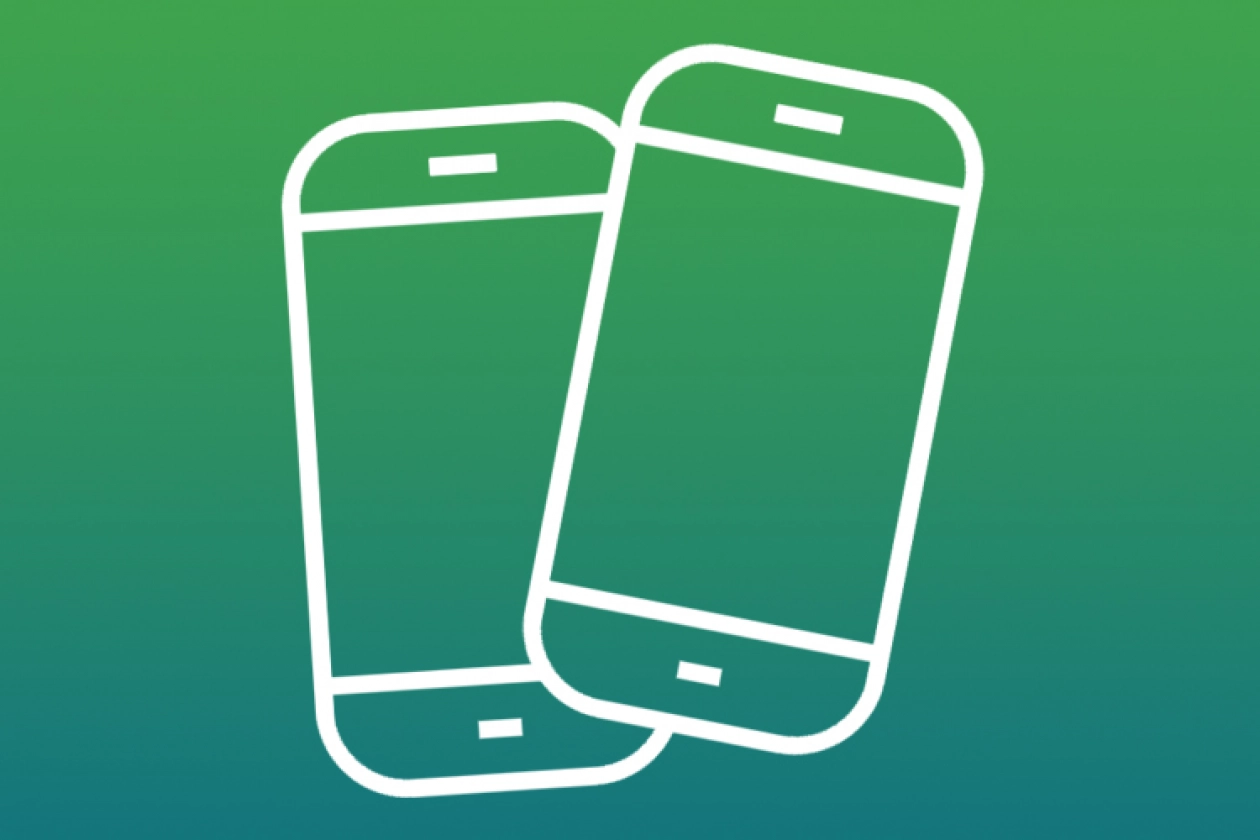The Applecado Blog

Before we get into anything, we think there are four main approaches, some of which often get confused so we’re going to start with the basics.
We’ll start with this one as it’s quite easy to explain. A responsive website is a single website that displays itself differently depending on what device is being used to view it, along with it’s screen size and resolution.
We consider responsive HTML/CSS as a ‘standard feature’ these days. Your visitors expect it, search engines rank sites differently depending on on it – it’s more than just a trend.
When building a responsive website, we don’t just make it look different though. A responsive website should be fully optimised for mobile, and as a result, it ought to deliver smaller filesizes, require less data to be downloaded. If you want to – you can do a few things to prioritise certain content when you know it’ll be more important to readers on their phones.
Pros
Cons
A mobile ‘version’ or mobile site is slightly less common these days, with responsive HTML being used more often and with somewhat greater ease – however you do still see them and their use is quite distinct.
One simple way to know if you’re on a mobile site is that there’s an ‘m’ at the start of the URL in your browser – many websites such as Facebook and Amazon use this. Often, another big indicator is that the site feels quite different to what you’re used to (if you’re used to using the desktop website). Many mobile sites are designed around someone using them on their phone, and can be especially useful when visitors are time-poor or need to take action immediately.
Mobile websites are designed to give those people fewer things to choose from, and less data to download. The action they need to take is likely to be much more obvious and streamlined, and we reduce the number of actions they might take to make it even easier to find what they need.
Here are a couple of good examples of when a mobile site is well used: firstly, a theme park mobile site – we would hope to consider visitors in areas of the park with poor signal, and in addition, don’t need CTAs to purchase tickets. Another example is emergency situations/time-sensitive actions – reduce those distractions and make it easier to get help.
Pros
Cons
An app or application is a packaged up bundle of files, installed on and run from your phone (or tablet). There are some amazing (alarming?) stats about the amount of time people spend browsing the internet via apps, however it’s important to understand whether your business will actually see a return on investment from an app.
Some apps offer similar content to their websites. However, an app shouldn’t be your website wrapped up in – essentially – a neat little wrapper. It should do more (sometimes by doing less) than your site but offer a way to do things better, by being more productive or easier for a customer to use or perhaps integrate with other features of their phone or device.
Native apps are fairly unique in their ability to use hardware and software already on the phone, such as cameras for recording/photography or scanning, accelerometers, GPS, or utilise the range of notifications.
Apps can be a super tool in your business where you want to encourage daily or regular usage, or customer loyalty. You should use them when your app can offer a better service to customers, offering a different experience or functionality that is more useful for them.
Pros
Cons
Progressive Web Apps are websites that look, feel and act like an app and can generally be installed on tablet, phone or other device. This means users can access all information and capabilities without downloading a mobile app from an app-store.
Whilst the app can be installed, it’s really only partially saved to the device and only the core data is kept, and this can be synchronised when the user has internet access. They sit somewhere in-between a native application and responsive website.
PWA’s allow some offline use, so users can view data, update records or submit information while offline, and any changes are published when connectivity is resumed.
Pros
Cons
If you’re looking for an app, or a responsive website design and clever CMS – or anything in between, we can build it! If you have any questions, we can help – get in touch.